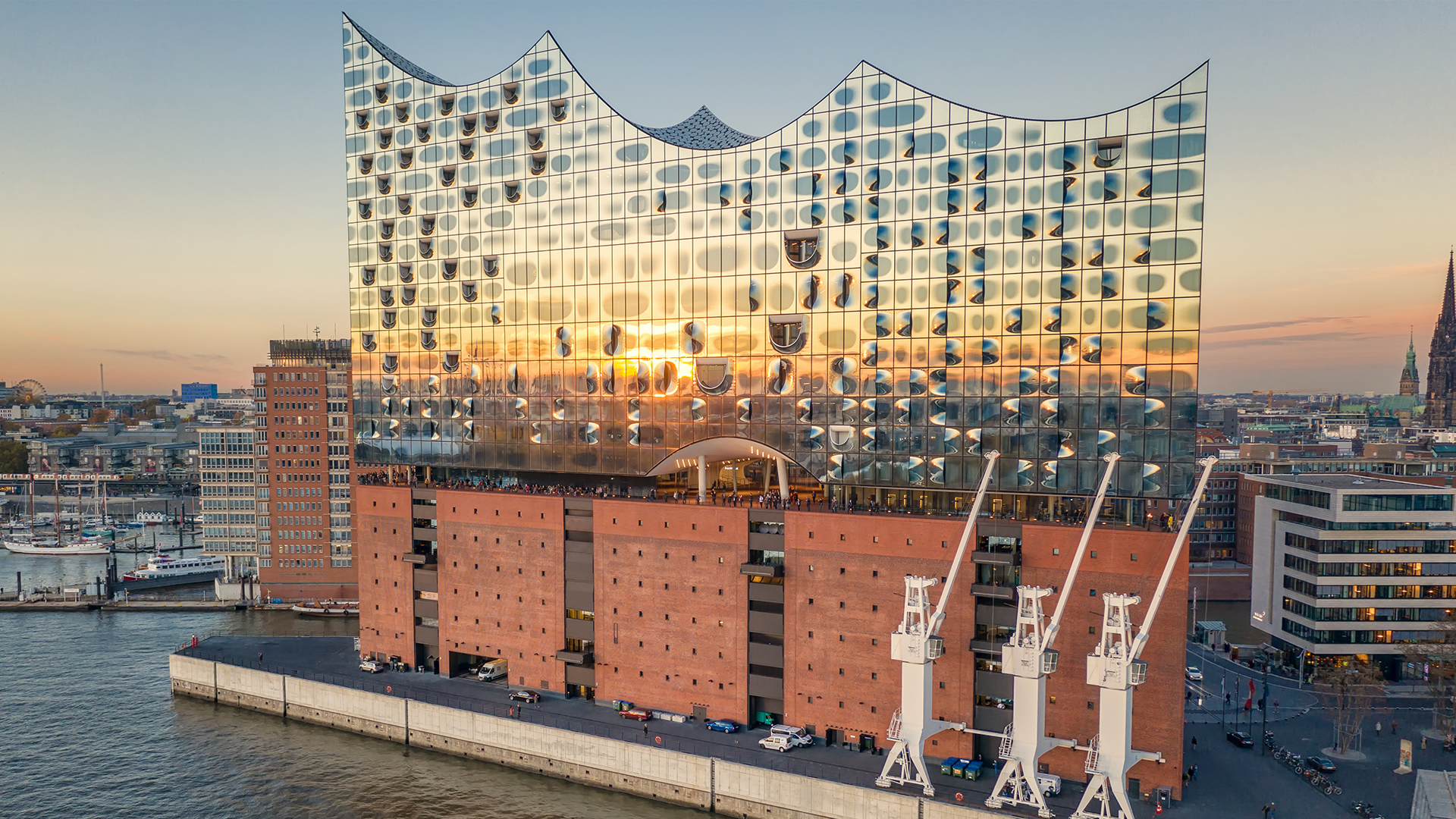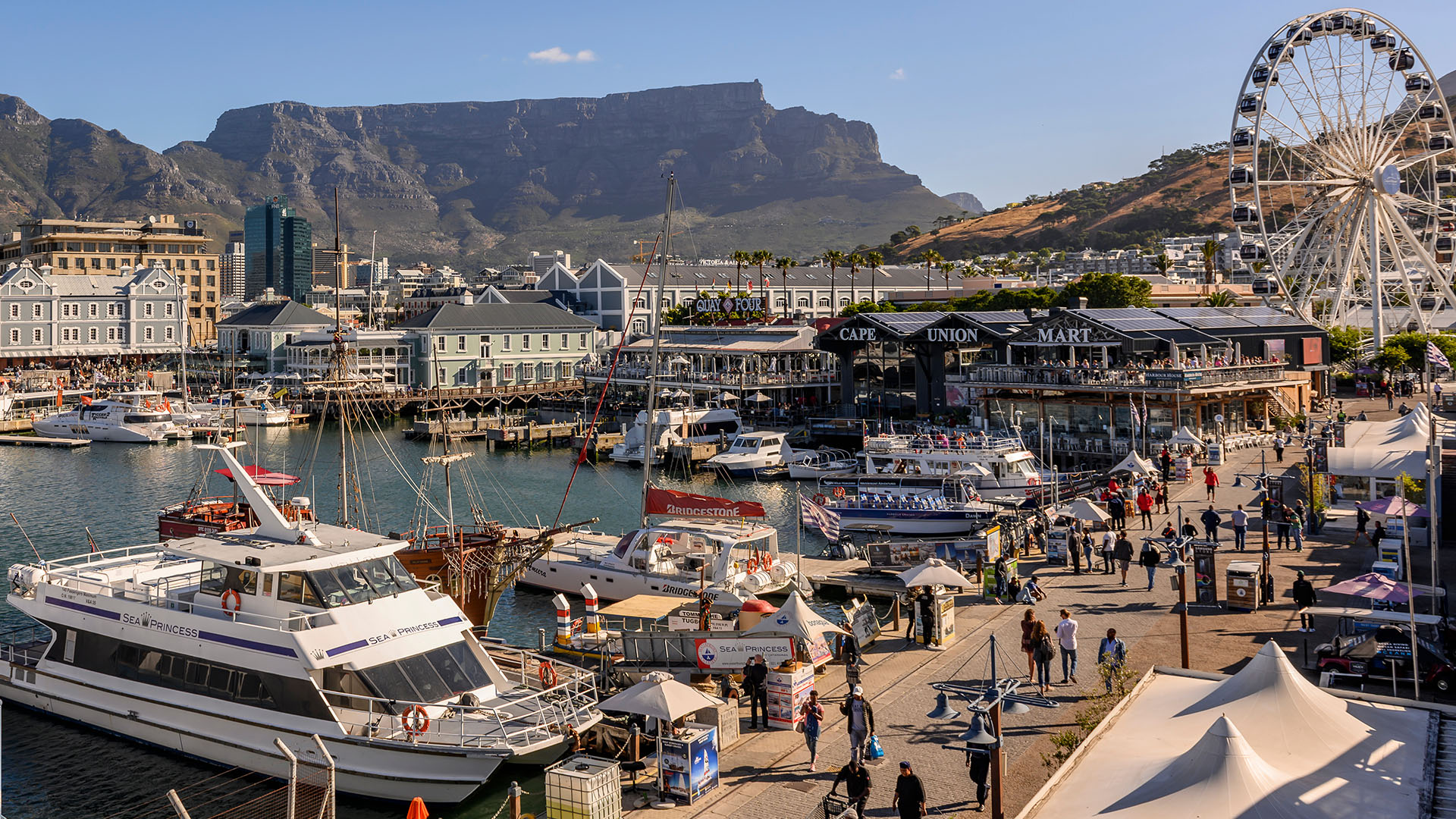
“Idealistic dreamers” was the label given to those who, nearly 35 years ago, lobbied passionately for what is today Cape Town's Victoria & Alfred Waterfront.
But to prove dreams do come true, the mixed-use development was duly built on the site overlooking Table Bay, in South Africa's oldest working harbour, with Table Mountain as a backdrop.
Since its redevelopment in 1988, the 123-hectare development of retail, leisure, offices, residential and hotels has been lauded for changing the city. It has become an important tourist attraction not only for Cape Town but South Africa as a whole, attracting over 24m visitors a year.
“The V&A has been acclaimed as one of the world’s most successful waterfront redevelopments,” says Francois Viruly FRICS, associate professor, Department of Construction Economics and Management at the University of Cape Town.
“While the location of the development had an important role to play, the success should also be attributed to the fact it was undertaken by a small number of investors with a clear short to medium, and long-term strategy.”
However, it was a battle to get the V&A built as doubts and negativity dogged the early days of the scheme. Capetonians were said to believe it would never happen, and it is reported the then board of the influential Somerset Hospital – today a national monument – complained that if the Waterfront went ahead, it would mean vagrancy, prostitution, and drugs in the area.
Then there were the financial woes.
When the V&A company was formed, no financial institution was willing to put up finance until the state-owned South African Transport Services (later to become Transet) provided the initial funding of ZAR 205m (£10m). Construction eventually began in multiple stages, with Phase 1 starting in 1990 and development of the area continues today.
A royal visit
The V&A is named after Queen Victoria and Prince Alfred, the Queen’s second son who visited the Cape Colony harbour in 1860 as a 16-year-old Royal Navy Midshipman on HMS Euryalus. The first basin of the Navy Yard was named after him and the second after his mother.
In retrospect, the initial negativity to the development is hard to believe given its phenomenal success. Before COVID-19 hampered tourism, figures from 2020 showed the V&A made up almost 2% of the provincial economy, contributing ZAR 36.4bn in gross domestic product in 2020, up from ZAR 33.5bn in 2018.
It is the most visited destination in sub-Saharan Africa with millions of annual visitors taking advantage of its 50 food and beverage outlets, hotels and 450 retail stores that have adapted over several decades to market trends.
“When the [original] shopping centre was first designed it had about 35,000sqm of ‘festival shopping’, such as curios, and jewellery units,” says David Green, CEO at V&A Waterfront. “While that was very popular round that time, we have now gone for mainstream clothing, grocery, and department stores as well as the restaurants. The retail has become the premier local retail and is not tourist related.”
‘Local’ is the key word. Not relying on foreign visitors has been a saviour during the pandemic for the V&A. Green says: “The impact of COVID-19 has been severe because the disappearance of international tourists has reduced our visitor numbers dramatically,” says Green. “But we’ve benefitted from domestic visitors, Capetonians and South Africans, who can’t, or prefer not to, travel abroad.
“International visitor numbers are starting to recover, but they are only at 25-30% of where they were … one of the successes and longevity of the waterfront, however, is its orientation towards local. The tourists are the icing on the cake.”
“The development of the V&A significantly altered the Cape Town property market” Francois Viruly FRICS, University of Cape Town
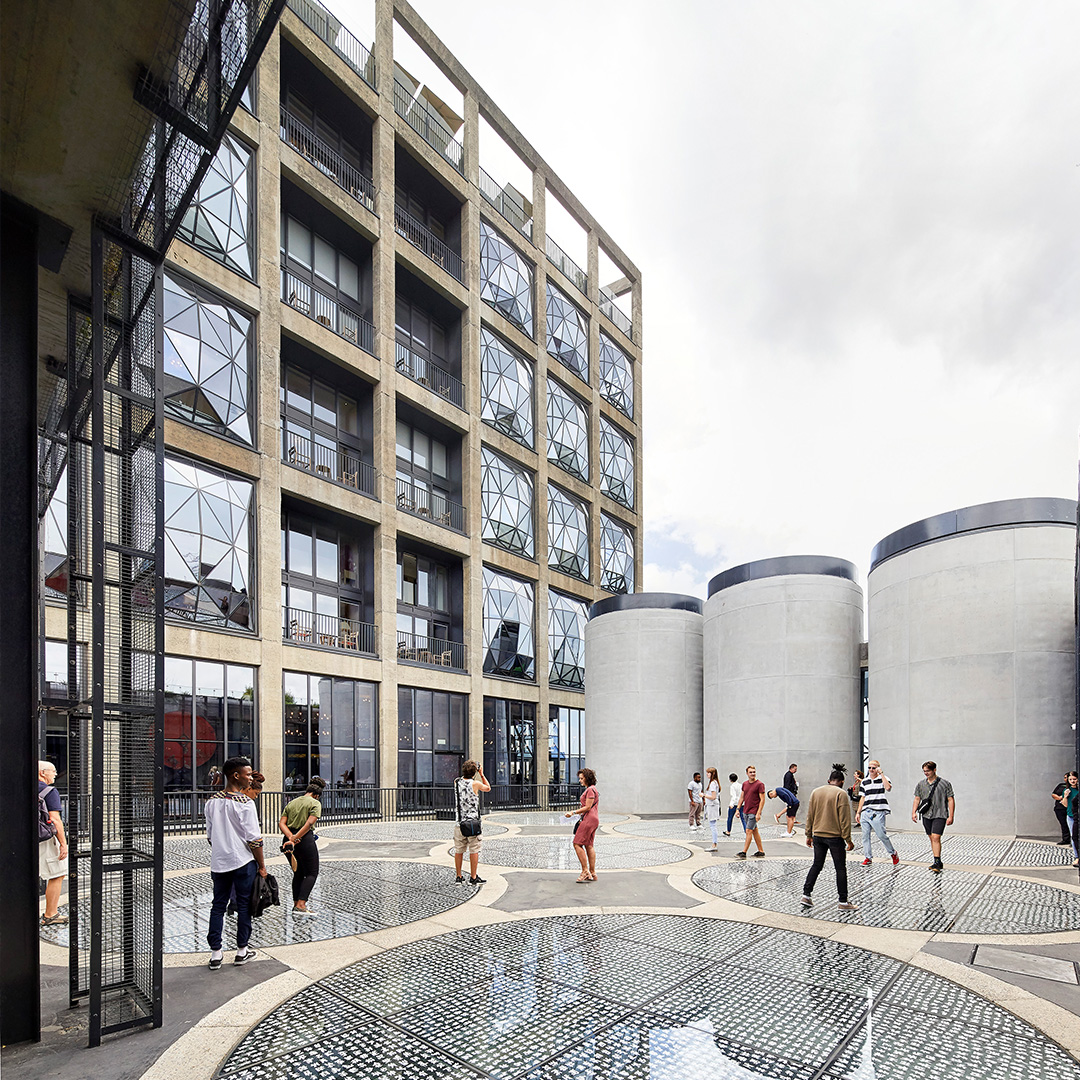
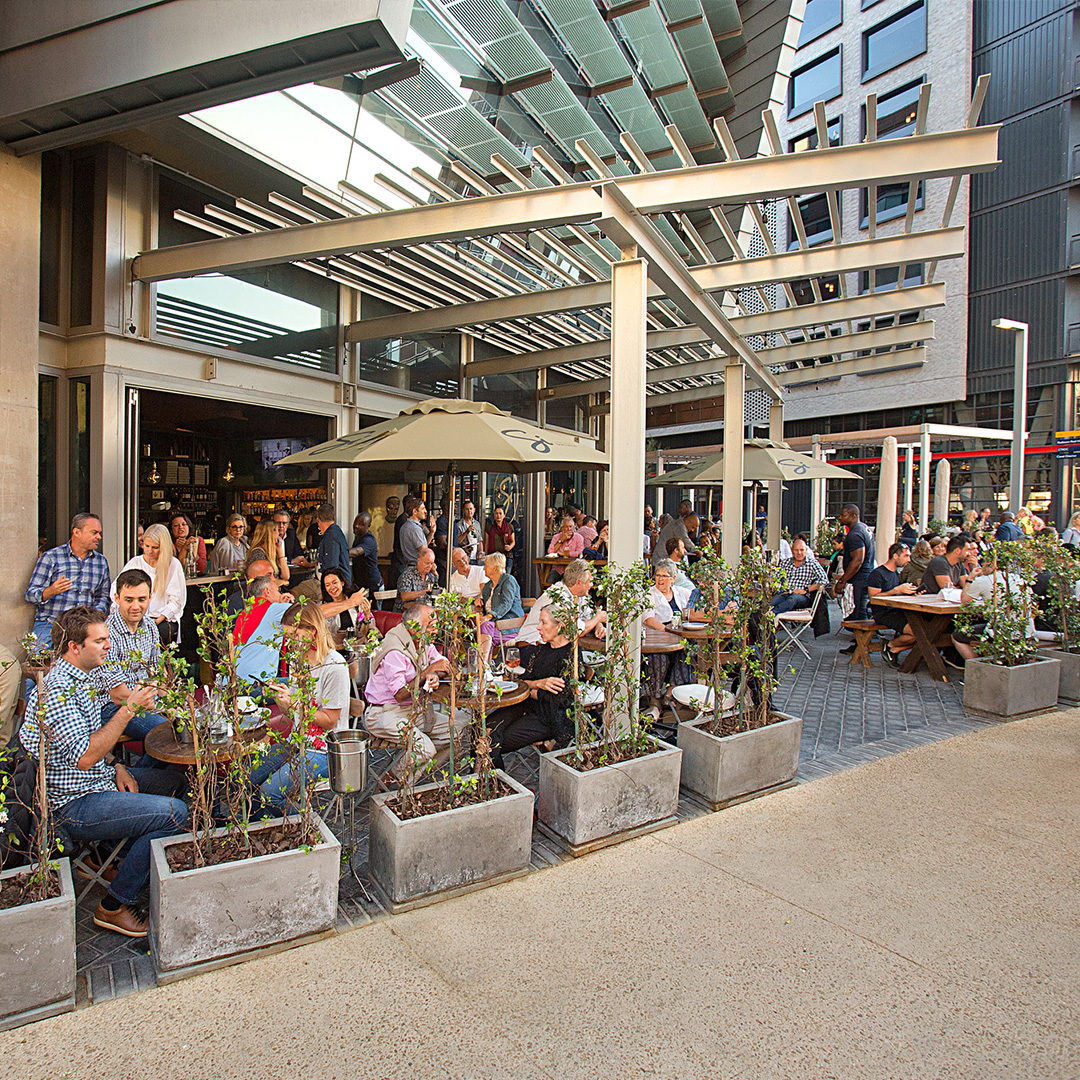
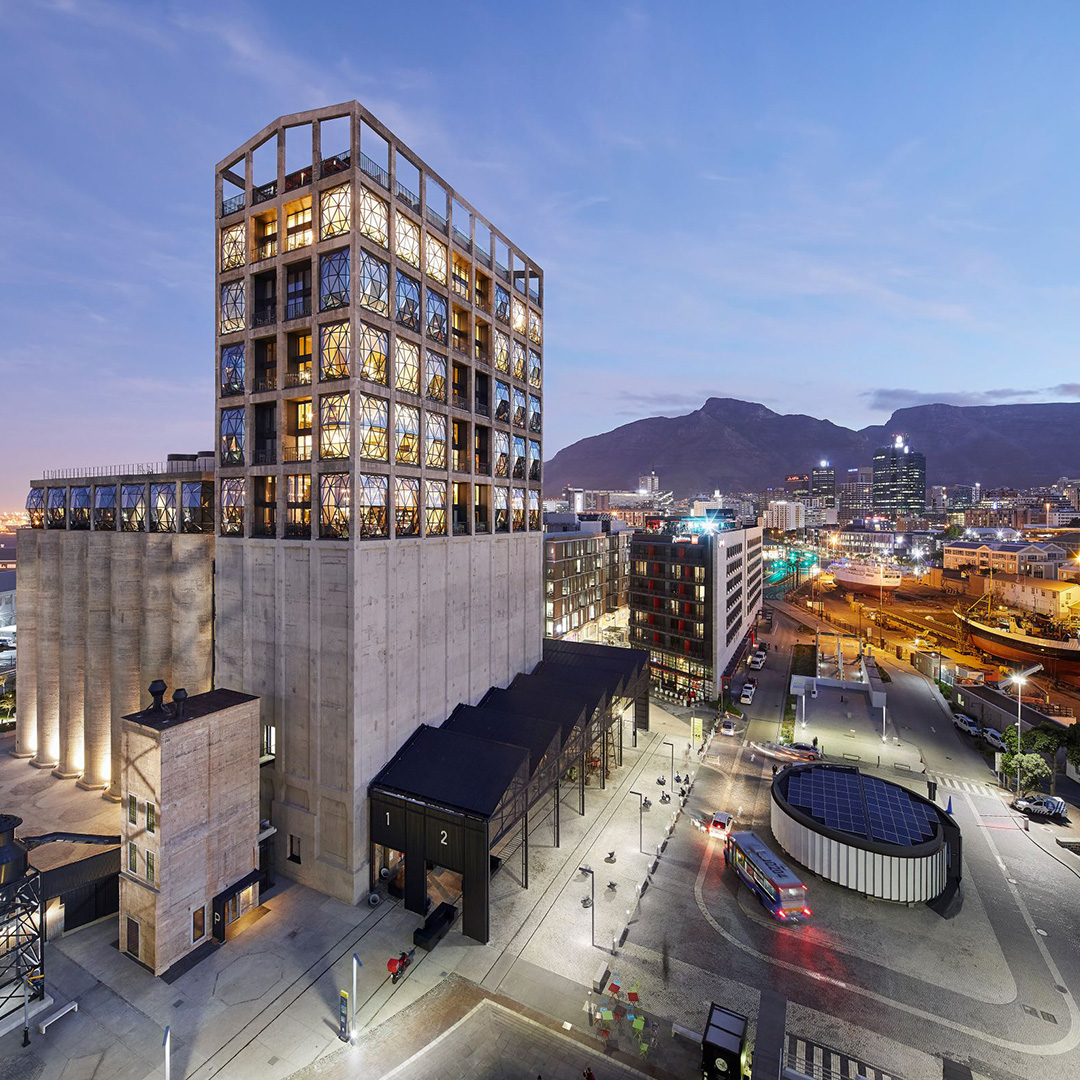
Knock-on effect
Beyond the harbour, the V&A has had a dramatic impact on Cape Town’s Central Business District (CBD). During the late 1940s, land reclamation that led to the development of the Cape Town foreshore mostly separated the CBD from the sea. But the V&A waterfront has consolidated the Cape Town CBD and has played a role in stemming further decentralisation, says Viruly.
“Over the years, the pedestrian and vehicular links between the Cape Town CBD and the development have been strengthened, which has improved accessibility. Examples include the strong collaboration between the Cape Town International Convention Centre and the hotels located at the V&A Waterfront,” says Viruly.
The development of the V&A, however, significantly altered the Cape Town property market and “should be seen as an urban intervention rather than a single development,” adds Viruly.
Looking towards the future, more development is planned. The focus will be on residential, but there will be additional hotels, retirement homes and health-related businesses. High-end markets will also be targeted, says Green: “There’s a very strong demand for super yachts and for accommodation. But we will also bring in more affordably priced property. We don’t want to go down [the path of] being purely for the rich, [but to be for everyone]. We want to bring vibrancy, dynamism, energy, movement, and relevance.”
That is because, ultimately, says Green: “The V&A is a wonderful canvas.”
And this is something the idealistic dreamers in their determination to build it, hoped the V&A would become.
“We don’t want to go down the path of being purely for the rich. We want to bring vibrancy, dynamism, energy, movement, and relevance” David Green, V&A Waterfront


